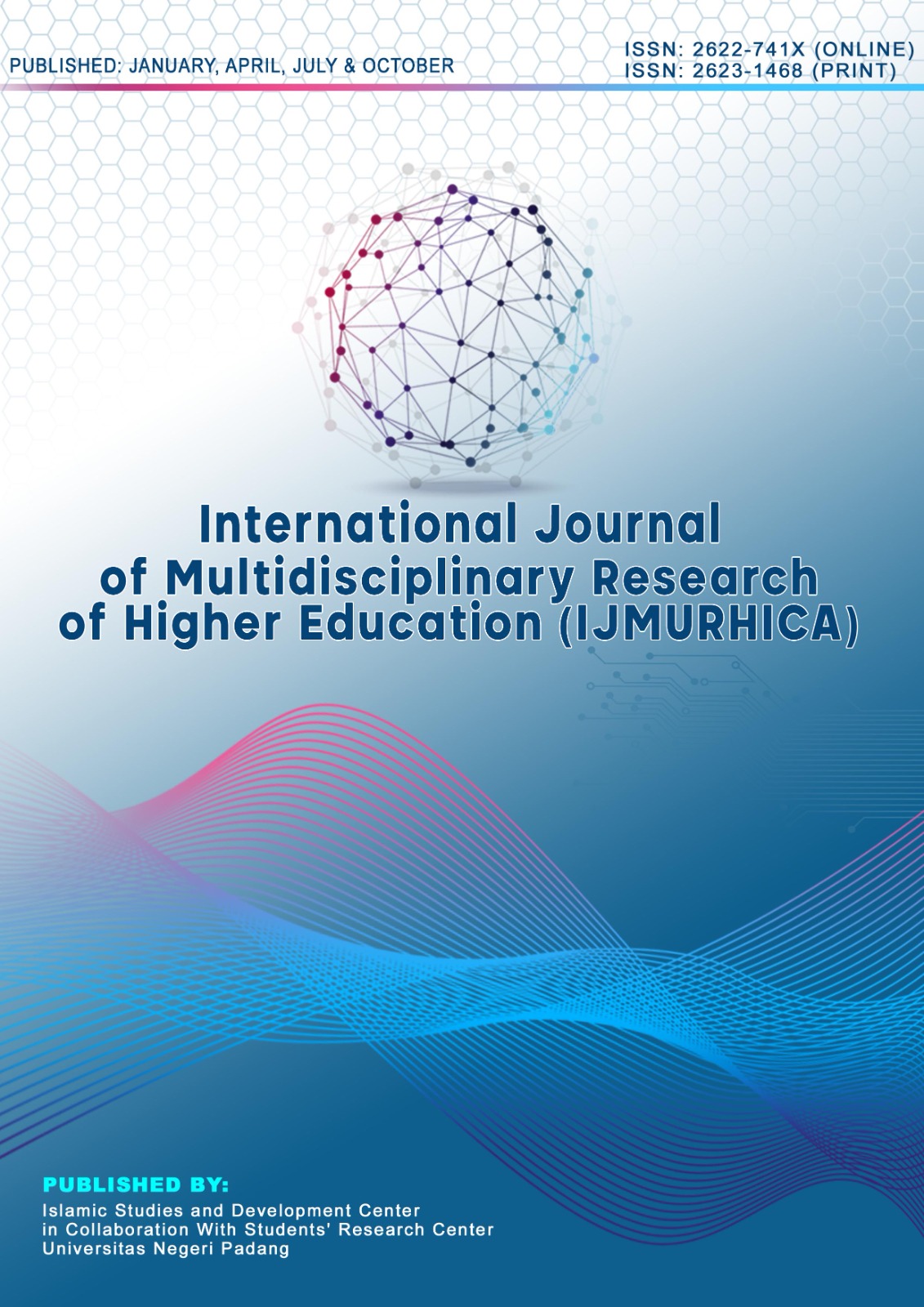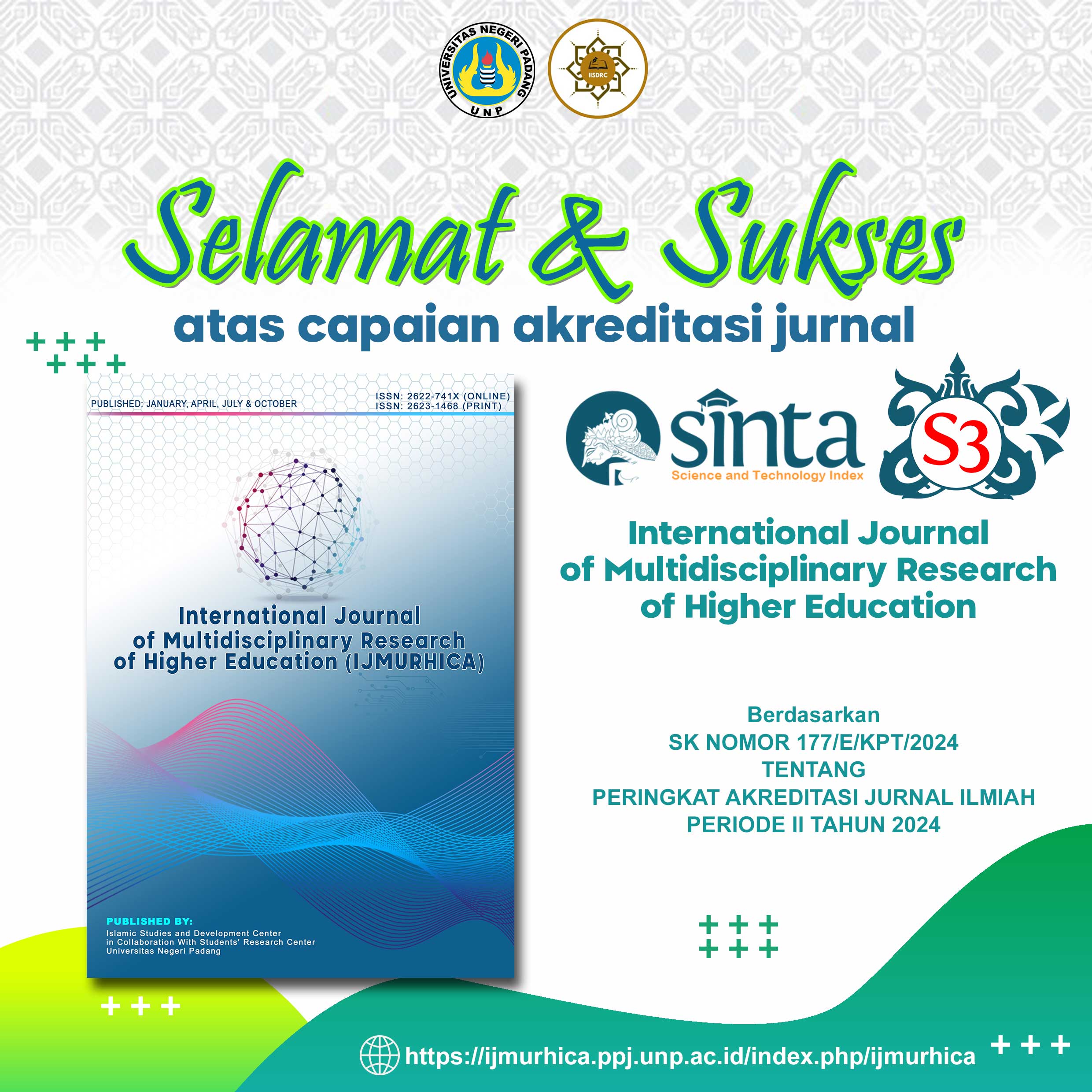Financial Performance Analysis of Islamic Institutions: A Case Study of the National Zakat Agency in Indonesia
DOI:
https://doi.org/10.24036/ijmurhica.v8i4.468Keywords:
Financial performance, zakat management organization, financial statements, national zakat agencyAbstract
This study analyze the financial performance of the National Zakat Agency. This study uses a quantitative research method with a quantitative descriptive approach. Data was obtained from the 2021-2023 financial reports of the West Sumatra National Zakat Agency and analyzed using five financial ratios issued by the National Zakat Agency's Strategic Studies Center. The results show that the financial performance of the National Zakat Agency, as assessed based on activity ratios, is effective in distributing zakat funds but less effective in distributing infaq/sadaqah funds. The turnover of zakat funds is high/active, but infaq and sadaqah are low. The operational and human resource cost ratios are efficient. The liquidity ratio shows good performance, zakat fund growth is not yet stable, while infaq and sadaqah are positive. Meanwhile, the growth ratio shows poor performance. Overall, the National Zakat Agency needs to improve the distribution of infaq and sadaqah, as well as maintain the stability of zakat, infaq, and sadaqah fund growth.
Downloads
Downloads
Published
How to Cite
Issue
Section
License
Copyright (c) 2025 Asrida Asrida, Elfina Yenti, Nita Fitria, Risa Gustia Wanda

This work is licensed under a Creative Commons Attribution-ShareAlike 4.0 International License.






